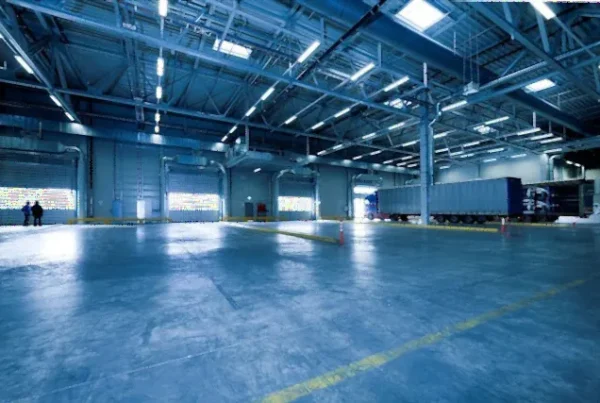5 Interesting Facts About Cold Storage Construction
The demand for cold storage has been growing for some time, but the past year, in particular, has shone a spotlight on the cold storage construction industry. Here are some interesting facts about cold storage construction, from one of the top cold storage manufacturers in California.
Cold Storage Isn’t Just for Produce
When people think of the need for cold storage, one of the first things that springs to mind is food. Fresh produce accounts for a sizeable chunk of the cold storage market — but not all of it. In 2017, Hansen Cold Storage Construction worked with other cold storage builders in California on a state-of-the-art commercial film vault for Paramount Pictures. Similar warehouses across the United States are used to house artwork, plants, candles, and beauty products.
Of course, fresh produce does still represent the lion’s share of the cold storage market. Consumer trends like the demand for organic produce, online grocery sales, and the growing legalization of marijuana in the United States — not to mention the recent boom in pharmaceutical cold storage — have all led to increasing demand for new cold storage construction.
There’s No One Size Fits All Approach
It should go without saying that every cold storage warehouse is going to be different. Cold storage manufacturers tailor every facility to suit a particular need, whether that’s the long-term storage of industrial goods or short-term transportation of fresh produce.
The biggest difference between cold storage facilities is temperature. “Cold storage” can refer to anything from 12°C to -30°C. Deep freeze facilities, used for medical supplies and industrial storage, range from -30°C to -18°C. Medium temperature warehouses, from -18°C to -10°C, are usually used for frozen foods, while high-temperature warehouses are kept between -5°C and +5°C for medium-term storage and as high as between +2°C and +12°C for short-term storage.
It Doesn’t End With Construction
The maintenance of cold storage facilities is just as important as their proper construction. Good warehouse management ensures continued safe storage, safeguards the integrity of the products, and minimizes wear and tear. And never underestimate the importance of energy efficiency. Measures like roof and wall insulation, proper seals, rapid close doors, LED lighting, and automatic sensors can all make a big difference in the effectiveness of a cold storage facility and save money in the long run.
The Next Big Trend is Automation
Automation is officially here in the cold storage industry. The first fully automated cold storage facility in the United States opened in 2018, and experts are looking at automation as the wave of the future. Automated facilities allow for greater density and a smaller footprint, as well as reducing the risk of spoilage or contamination and avoiding the need for stringent worker occupational health and safety regulations. And far from eliminating jobs, warehouse automation is creating more employment opportunities in the far more desirable technology and programming space.
Cold Storage is More Important Than Ever
The United States holds the world’s second-largest share of the cold storage business, with California unsurprisingly being the biggest user of cold storage. The current occupancy rate for cold storage warehouses is 85%, which is considered by the industry to be at full capacity, while experts are predicting unprecedented growth over the next four years. It’s not surprising — online grocery retailers alone saw their volume spike by over 200% between March 2019 and March 2020. It’s clear that the cold storage boom is far from over — and cold storage builders like Hansen are here to help fill that need.


